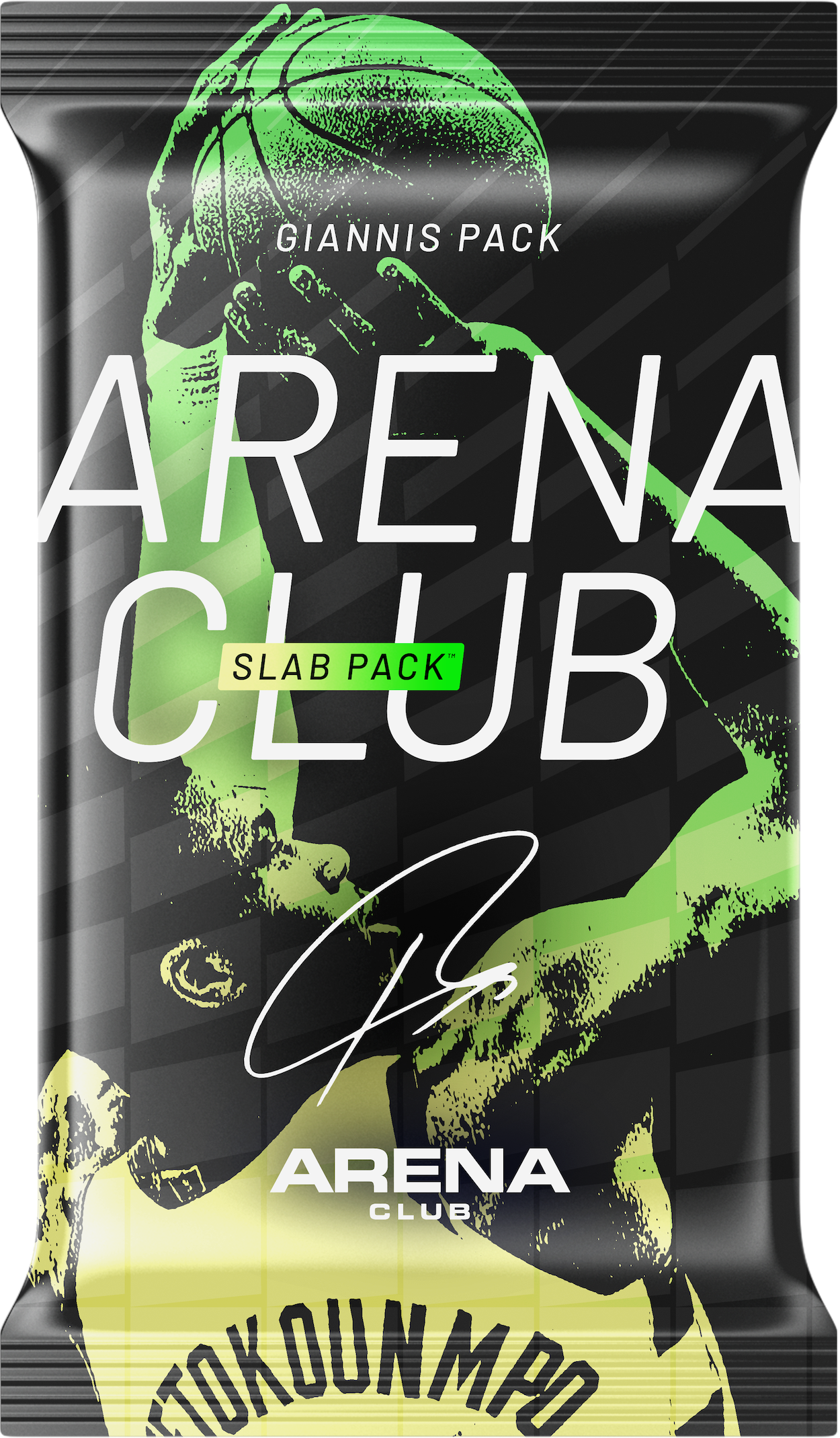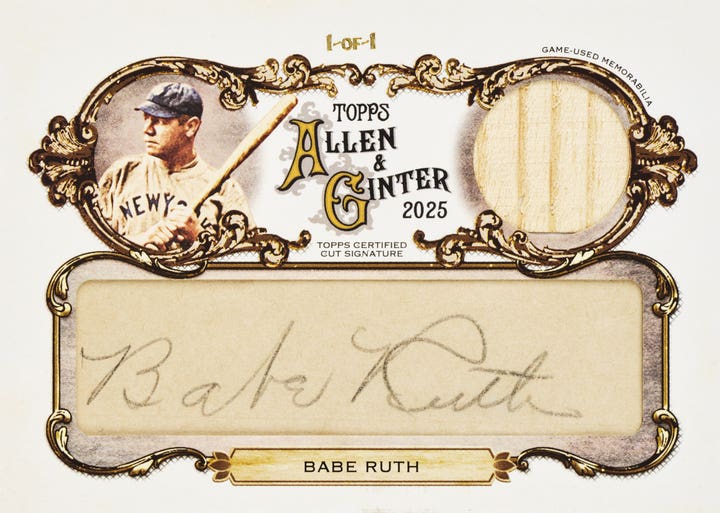Features
Hobby Makes Its Case for ‘Breakers’
By Greg Bates
Jacob Garbowsky’s number is called, and as he approaches the stage to claim his prize, a smile washes over his face.
Garbowsky has just won the right to pick one baseball card from the 2015 Onyx Authenticated Platinum Elite series just ripped opened from the product’s case at the Case Breakers Pavilion during the 36th annual National Sports Collectors Convention.
The 12-year-old sifts through a number of cards spread out across a table and picks out a 1-of-25 autographed Bryon Buxton card. The Minnesota Twins’ top prospect is one of the best young talents in the game.
The smile on Garbowsky’s face grows larger by the second. Jeff Garbowsky loves to see the excitement exude by his son. So do card manufacturers. The smile is a good sign for the card collecting business. Garbowsky is the future of the industry, and he’s partaking in exactly what the future – and the present – holds for collecting: “breaks.”
Onyx was one of a number of manufacturers, including Leaf and Upper Deck, offering free breaks on the main stage at this year’s National in Rosemont, Ill. The Garbowskys were a pair of the big winners, scoring “hits” when some rare, high-buck cards were pulled.
“It’s blowing up the industry,” said Corey Arnold, who participated in an Upper Deck case break on the second day of the National. “People are making thousands of dollars off this stuff.”
Breaks have captivated the collecting industry for young and old. For those who aren’t hip to the latest trend, a break – which is also referred to as a “case break” or “group break” – is the division of a box or case of cards amongst multiple collectors in a way that all of the collectors have agreed to split the box or case before it is opened. During a normal break, a predetermined price is paid by each collector.
There are a number of ways a box or case can be divided, the most common being randomization of teams and preselected teams. The problem with collectors picking their own team is there’s a chance not every is team is selected and the break doesn’t fill up, Leaf owner Brian Gray said.
“It’s like legalized gambling through sports cards collecting,” said card collector Brett Burroughs, who traveled from Myrtle Beach, S.C., to attend this year’s National. “It’s the chance and feeling that you can get something big is what drives people.”
Collectors are always in search of high value and high return. Breaks are one way to achieve that.
“I think it’s cool because it’s not like a lot of money and you can get good cards,” said Jacob Garbowsky, who is involved in one or two case breaks online per month. “I bought the Dolphins for $10 and got an out-of-five Dan Marino gold card out of (Panini) Black Gold, which is like a $200 card.”
The unknown is what makes breaks so much fun, said Arnold, a Bay City, Mich., resident who was attending his 14th straight National this year.
“You could hit anything,” said Arnold, 24. “You could get a base card or you could get the card of your life, and it’s all chance. It’s a gamble.”
Gray and his company conducted a free case break of 2015 Leaf Pop Century at the National. Gray wanted to make sure Leaf made a big presence at the convention and offered collectors a break.
“It’s a category of the market that has exploded,” Gray said. “It’s become an important part, and I don’t think any manufacture can say that breakers haven’t become important. I think it’s a part of the business that’s growing in the face of an industry that’s been very steady, not really in the growth mode. But breaking is one of the few places where there really is some growth.”
David Gelfman, who owns Rippingwax.com, one of the leading live breaking websites, said there are a number of reasons why breaking is the latest big trend in the industry.
“First off, I would say above anything else, accessibility,” Gelfman said. “People can get involved in trading cards whether they’re on the computer during the day at work, or they can be sitting on the laptop in the living room watching TV or on your phone. You can participate any time, any day. There are guys breaking cases 24 hours a day, seven days a week.
“Second is pricing. You take a case of cards at a traditional brick-and-mortar shop and they’re breaking that case down to boxes and packs, and so instead of that way you break it down as a team. Now you’re dividing a case into 30 spots, 32 depending on the sport, and if you’re a team collector, you can buy your favorite team and you get all the cards for that team for the entire case. So you get all of what you want or you don’t want for a lot less money.”
With manufacturers going all out on their products these days and making autograph and relic cards the norm, packs, boxes and cases are at a premium price. That’s generally not a factor for a collector when it comes to a break.
“Customers are fascinated with the idea that they can buy into a $1,000 case and just invest $40,” Gray said. “Nowhere else in this business can we provide this kind of experience where a guy can open a $1,000 case for $40. He can watch a case open, and that’s fun, but to have an actual vested interest in it and get to enjoy that expensive case is another thing. I don’t think cheaper cases are on the horizon because autograph prices keep going up; everything keeps going up. So this is critical, I think.”
Onyx President Lance Fischer noted that a collector might walk away from a break with nothing but a few base cards, but that collector can feel reassured $1,000 wasn’t wasted.
Breaking has become so big that at the 2014 National in Cleveland, a 9,000-square-foot pavilion was set up that featured 20-25 case breaking operations. This year’s National featured a 25,000-square-foot Ripping Wax Breakers Pavilion with more than 50 companies. Gelfman, who ran the breaking pavilion at this year’s convention, noted that next year’s National in Atlantic City, N.J., will have a 34,000-square-foot area for breaks.
With the segment red hot in the industry, leaders are trying to promote the activity and build on it. Breaking has taken over online.
“It’s a way for a guy in his house at 11 o’clock or 12 at night can buy cards instantly and get immediate gratification, because our business is an immediate gratification business,” Gray said. “I think that’s why breaks provide something that local stores or even buying on eBay don’t have. You don’t get immediate gratification buying a box on eBay because it takes a week to get it and it’s not fun. You want it now and you want to experience it – that’s the way.”
Rich Layton, who owns Layton Sports Cards – another top live case break company – first found out about breaks in 2011 when he watched videos on the Internet.
“I saw it and I thought it was a cool thing,” Layton said. “We got into it pretty early at the end of 2011, beginning of 2012. We started doing single box breaks from our kitchen table in my apartment in North Cape May (N.J.), and fortunately, we got in at the right time before other people got in. We grew so rapidly that we literally had to open a hobby shop to manage everything.”
Now, Layton Sports Card breaks five-to-six days a week and will go from all day until the wee hours of the morning.
“We’re adding an entertainment aspect to it. We try to, and give a personal flair to it,” Layton said. “We try to give a person a card shop or at least a show type of experience when they’re buying into breaks. Whereas anybody can buy a box of cards and take it home and open it by themselves – it’s fun, don’t get me wrong, I love doing it myself – sometimes it just adds a little more to the appeal of collecting.”
There are obviously pluses and minuses to the breaks craze. The biggest positive is it has given the collecting industry a major boost.
“It’s helped the manufacturers push more product, which then creates more opportunity and allows us to market more,” said Fischer, one of the co-founders of Onyx. “It’s definitely helped the hobby. I don’t think it’s harmed it by any means. It may cut some
people out, because it has kind of produced a higher cost product out there now.”
It also could take its toll on hobby shops. If the local stores don’t keep up with the times and offer breaks, their business might suffer. However, more and more retail shops are realizing the importance of keeping up with the times.
Breaks can also grab hold of a collector and not let go. The habit could be hard to break, pun intended.
“I think it can be, in a good way,” Layton said. “I don’t think it’s detrimental like addiction can be. Maybe it can be if somebody who kind of gets lost in the craze of collecting.”
Jeff Garbowski keeps on eye on how much money he gives his son Jacob so he’s not entering too many breaks.
“I don’t want him to get in trouble with it down the road, but he’s got to enjoy himself,” Jeff Garbowsky said. “It’s sort of like gambling, so that’s my concern down the road.”
Can it become addicting, even for a kid?
“Not really,” Jacob Garbowsky said. “I can stop whenever I want.”
However, he doesn’t want to because it’s too much fun.
Gray believes breaks are at an all-time high point right now.
“I wouldn’t say they’re at their point on the way down. I think it’s got room for growth,”
Gray said. “But the difference is, the breakers who don’t provide an exciting entertaining experience, you’re going to start to see them fade. The guys that are delivering exceptional experiences for customers, and they’re truly engaged, that’s where the opportunity is.”
Layton believes the break craze will continue and has a bright future.
“I think parts of it will eventually evolve into other new facets or different methods of collecting, that’s the natural progression of things,” Layton said. “I think the framework of what we do is going to be hard to replace that. It’s very convenient, very convenient, and this day in age it’s all about convenience. It’s all about speed and time. We’re saving people time, we’re saving people money and we’re doing things at a convenient pace for them. I don’t see that going anywhere.”
Greg Bates is a freelance contributor to SCD. He can be reached at gregabates@gmail.com.








